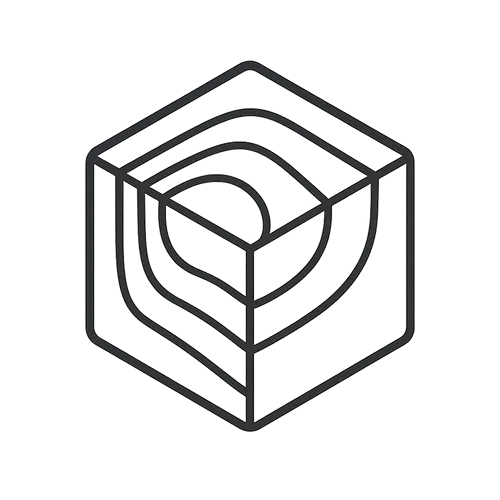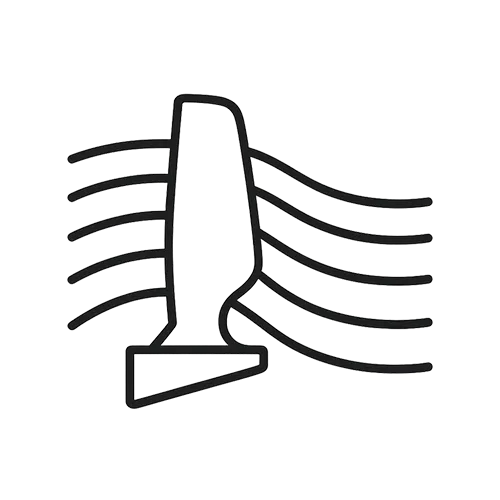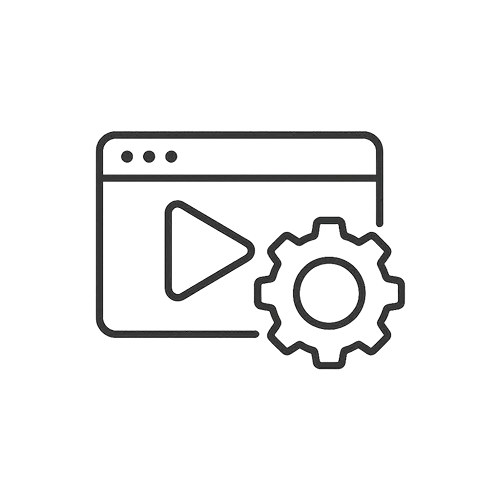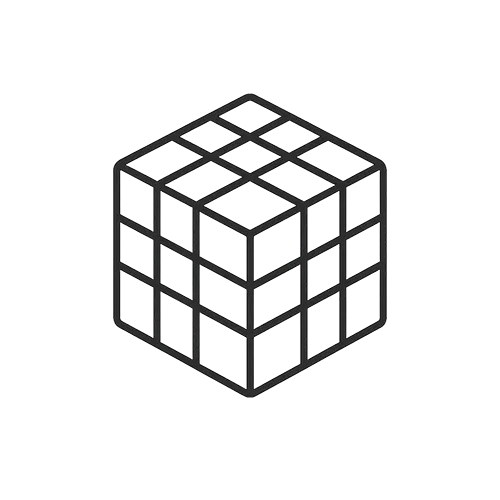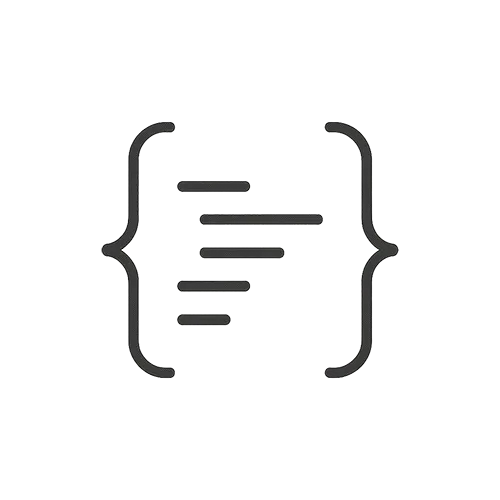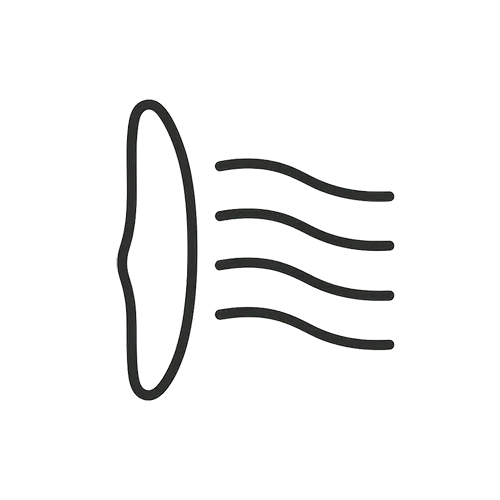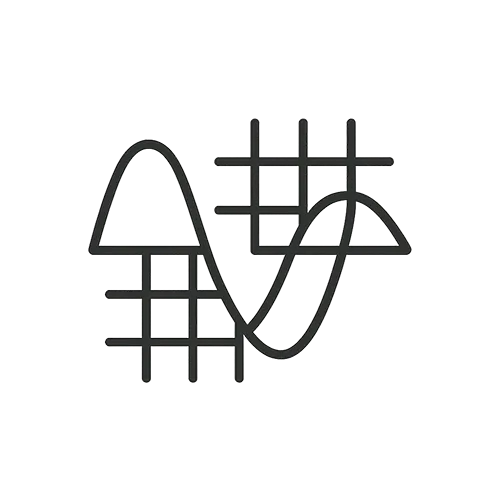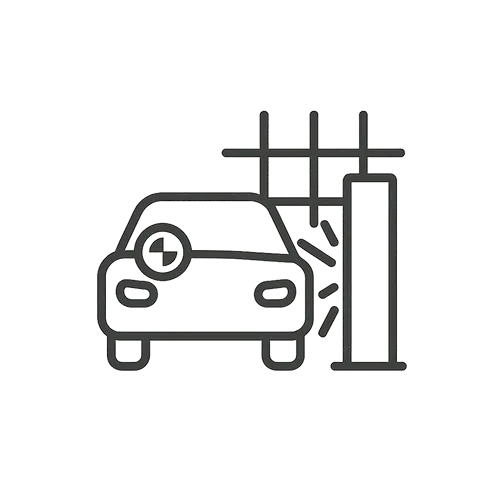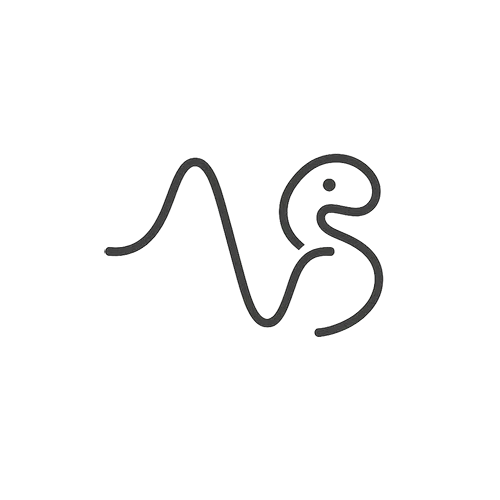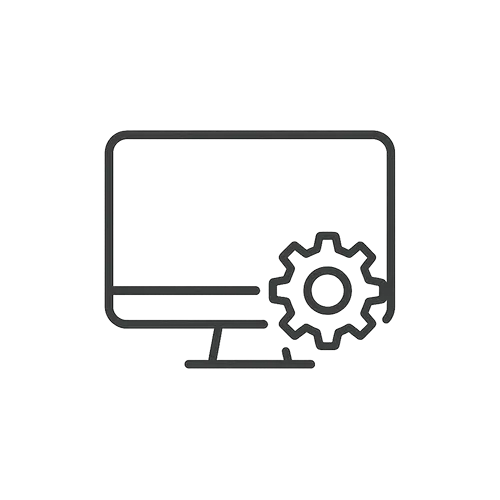The choice of element dimensionality should match the geometry and behavior of the structure for efficiency and accuracy. 1D beam elements are ideal when the structure’s cross-section is constant (or parameterized) and primarily carries loads in bending, tension, or torsion along a length – for example, trusses, frames, skeletal structures. Beams model both bending and axial behavior with just line elements, which is extremely efficient. 2D shell or plate elements are best for surfaces that have thickness but one dimension (thickness) is much smaller than the other two, like sheet metal parts, aircraft skins, tanks, etc. They capture in-plane and bending behavior of thin structures and require far fewer elements than meshing the thickness with 3D elements. Use shell elements when the thickness is uniform (or smoothly varying) and you’re interested in membrane and bending stresses through that thickness. 3D solid elements (tetrahedra or hexahedra) are the most general and must be used for truly 3D stress states or complex geometry: think engine blocks, brackets, components with significant thickness in all directions, or where stress varies through the depth. Solids are also necessary for capturing phenomena like triaxial stress (e.g., inside a thick pressure vessel wall) or when modeling details like fillets in 3D. A good strategy is to simplify parts to beams or shells wherever applicable before resorting to solids: for instance, frame structures can have beams for long members and shells for gusset plates, with solid elements only at joint regions if needed. Be mindful that mixing element types requires proper connections (e.g., using rigid links or distributing loads between dissimilar element types). Also consider model fidelity: a shell element assumes plane stress through thickness (no stress in thickness direction) which isn’t valid for very thick parts or 3D states – in those cases a solid is required. On the other hand, using solids for a thin sheet will demand many elements across the thickness to model bending, which is inefficient. So, use beams for slender members, shells for thin surfaces, and solids for bulky volumes – this yields an accurate yet computationally efficient model.
What’s the best way to decide between using 1D (beam), 2D (shell), or 3D solid elements in a finite element model?
0
Engineering Downloads
0 Subscribers
Submit Answer
0 Answers
